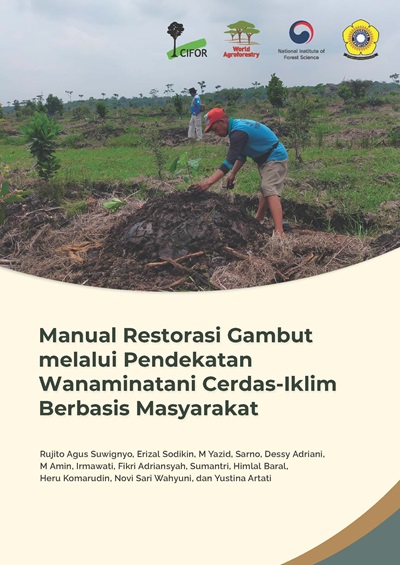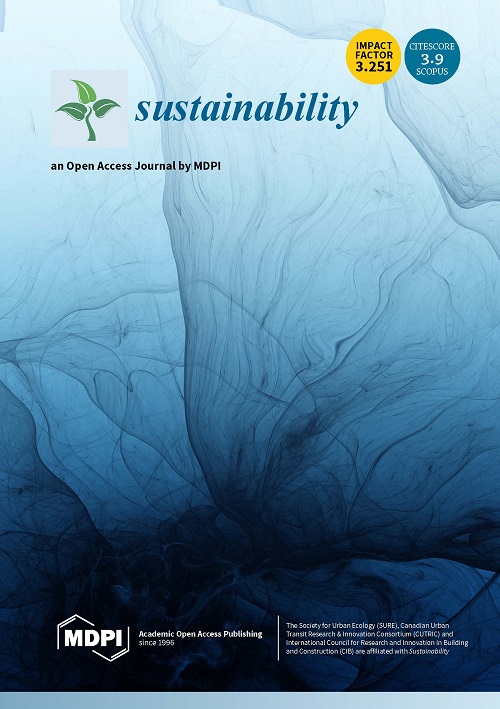Within the Kyoto Protocol, the clean development mechanism (CDM) is an instrument intended to reduce greenhouse gas emissions, while assisting developing countries in achieving sustainable development, with the multiple goals of poverty reduction, environmental benefits and cost-effective emission reductions. The CDM allows for a small percentage of emission reduction credits to come from afforestation and reforestation (CDM-AR) projects. We conducted a global analysis of land suitability for CDM-AR carbon `sink' projects and identified large amounts of land (749Mha) as biophysically suitable and meeting the CDM-AR eligibility criteria. Forty-six percent of all the suitable areas globally were found in South America and 27% in Sub-Saharan Africa. In Asia, despite the larger land mass, relatively less land was available. In South America and Sub-Saharan Africa the majority of the suitable land was shrubland/grassland or savanna. In Asia the majority of the land was low-intensity agriculture. The sociologic and ecological analyses showed that large amounts of suitable land exhibited relatively low population densities. Many of the most marginal areas were eliminated due to high aridity, which resulted in a generally Gaussian distribution of land productivity classes. If the cap on CDM-AR were raised to compensate for a substantially greater offset of carbon emission through sink projects, this study suggests that it will be increasingly important to consider implications on local to regional food security and local community livelihoods.
DOI:
https://doi.org/10.1016/j.agee.2008.01.014
Altmetric score:
Dimensions Citation Count:
























